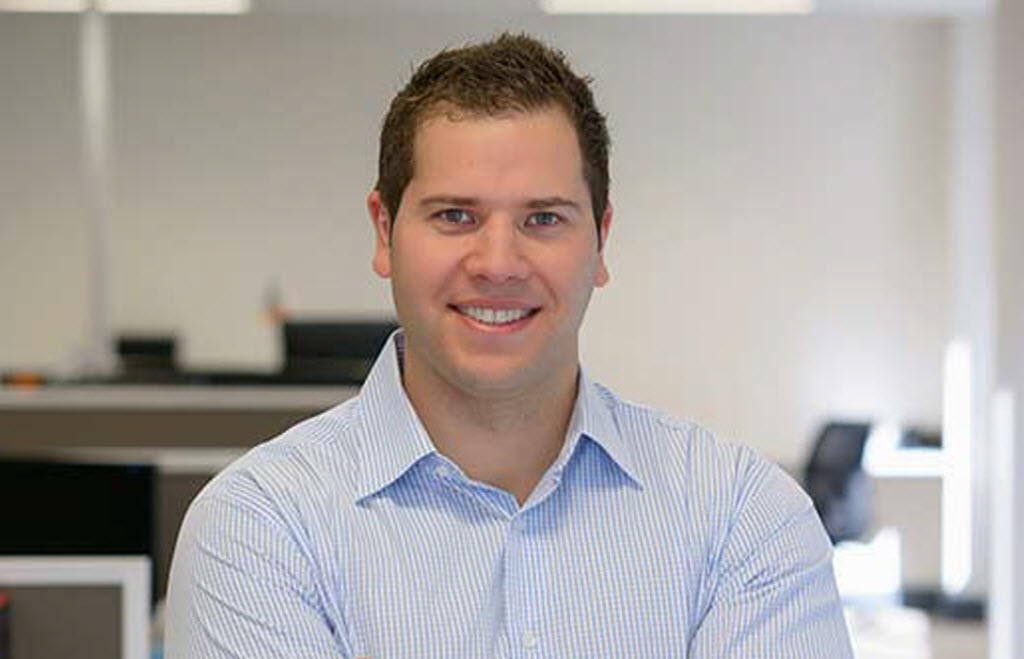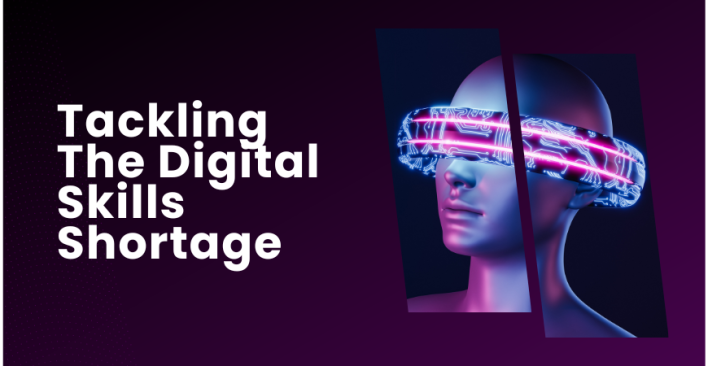Peter Oreb On Workforce Trends, Understanding Current State And Leveraging Technology

As the director of one of the leading suppliers of contingent workforce solutions, Peter Oreb understanding the challenges and opportunities regarding the implementation and management of a contingent workforce strategy. Peter has spent the last 15 years helping organisations implement innovative contractor management, compliance, risk mitigation, salary packaging, payroll and remuneration solutions.
This week, I talked to Peter about his work at CXC global, the trends in the current marketplace, his tips for launching into a contingent strategy and the opportunities for cost savings you might not already be aware of.
You can listen to our chat here, or read Peters points below.

The Shift Towards Contingent Work
Push From Talent
We’re seeing a lot of clients increasing their use of contingent labour and I think a lot of that is driven by the shortage of talent and skill out there. Organisations are being more flexible in terms of how they engage with the best candidate, whereas in the past they may have been closed off in terms of saying, “we need to hire a permanent employee with this skill set”.
I think organisations are being a lot more flexible and open in terms of saying “OK. lets identify the right candidate, and if that right candidate with those specialized skills is looking to only engage as a contractor or non-permanent employee, lets make that happen”.
Push From Organisations
I think with the uncertainty in the economy over the last few years, organisations are a little bit cautious around putting on permanent employees because there have been significant layoffs with redundancies, and that’s been very costly with organisations and has been filtered throughout the press over the last few years. Now its “Let’s maybe take that little less riskier option, and almost try before you buy approach”.
Things To Do If Your Contingent Workforce Is Growing
Understanding Current State
What we’re finding with many of out clients, before we enter into any solutions with them, is that they have a real lack of understanding of where they are today, and what their workforce looks like.
So if you don’t know what you’ve got, how are you meant to measure that, and put in place plans to improve that?
So, I think the first step would be to get a good understanding of where you’re at in terms of: who are your workers;who are your suppliers; what are they doing; how much they’re costing you, and; are you exposing any risks from an employment or a tax point of view? I think it’s very important for organisations to get a good understanding as to where they are today.
Why Understanding Risk Is Important?
They’re significant because they’re the key triggers that spark organisations to come and talk to experts and specialists in the marketplace, like CXC. Some of the kind of trigger we’re seeing as a result of the audits from the Tax authorities, or cases of unfair dismissals or claims lodged.
These are key triggers that cause organisations to go out and seek solutions in the market place.
Talk To Everyone
Once you have an understanding as to where you are today, it’s important to go out into the market, talk to the experts, talk to your peers as other organisations have been there before and done that, get a handle on what they’ve done.
Centralise Your Process
It’s important to put in place some centralized processes from requisition to the engagement and payment of the contract workers and suppliers. Be clear on who is responsible for which components of the process. Typically what we see within the marketplace, a lot of the clients that we work with, prior to setting up these centralised process is that it’s really decentralised. Line managers are off doing their own thing, they haven’t got much support, and as a result of that they’ve been engaging with suppliers and contractors in sometimes a non compliant way. More so, another affect of that is a blow out of costs, because that’s not being centrally managed.
Go out to market, talk to experts, talk to your peers and put in place a program that centralises process and be clear on who is responsible for what component of the process.
Technology
Put in place a technology solution that works for you. We see a number of solutions being put in place from the engagement of a vendor management system (VMS) that covers all the way from requisition through to the payment of the suppliers. Being able to track and monitor the performance of suppliers, the processes, and the kind of reporting and metrics on these is probably the best in the marketplace.
What we’re also seeing is that if organisations are happy with their current recruitment management/applicant tracking system, and they want to have both the permanent and contingent workers all in the one system, they’re continuing with that system. Then what’s critical is when it comes to contingent processing, having a centralised one-time sheet solution that is being utilized by the line managers and contractors. There needs to be a connection between the applicant tracking system and the time sheeting tool. When you’ve got both systems working and talking together, then you’re able to generate the reporting on that.
The Cost of Technology Today
The vendor management systems (VMS) have definitely come down since the competition has increased. They’re not expensive, and can cost anywhere between 0.5 – 1% of the total spend. If you think about what kind of accuracy and visibility that can provide it allows organisations to put in place cost reduction strategies, once you’ve got that visibility.
We’re working with clients where we’re saving them anywhere between 5-20% of their costs once you have that visibility, so investing that 0.5-1% is the enabler to then save 5-20% of your total workforce cost. It’s really a no brainier.
Moving Beyond An Efficent Contingent Function
Statement of Work
I think a big element of the workforce’s that are still being missed in the Contingent Phase One of putting in place a model is the Statement Of Work , that has still been sitting outside.
Statement Of Work (SOW) is a type of worker engagement that organisations use heavily, typically because it’s the least governed process. It’s the easiest for line managers to use that part of the worker engagement. It’s driven by deliverables.
A project needs to be delivered, there are milestones within that project, and the payment structure is typically geared towards milestone based payments. If the total scope of work is $400,000 there’s 4 milestones, so $100,000 payed at 4 intervals, as apposed to a time and materials type basis where you’re engaging an individual. Typically it’s an organisation you’re engaging and they have a series of workers that contribute to delivering that actual outcome.
Opportunity For Improvement
There is opportunity for improvement and improved visibility because SOW is one of the least governed areas of engaging workers within an organisation. There are a lot of psudo-contractors or consultancies within that space. They are contractors that are being dressed up as consultancies, so they are being engaged on a time and materials basis and typically what we’re seeing is that the margins that are being charged in this space are anywhere between 40-100%. Whereas if they were channeled through a centralised recruitment process, you’d still be able to find that skill but only paying the 10-20% margins.
So definitely capturing the statement of work and ensuring they’re true statement of work and not psudo consultancies is the next phase.
Focusing On Quality
I’d also say that measuring the quality of workers and measing the return on investment is probbaly an enhanced phase. Also looking at the reuse of contractors. We’re finding that a lot of organisations -when they are a very decentralised process- line managers are hiring these people and using them for one particular contract and then that individual is leaving.
Once you have a good central pool of those individuals you cans start to say, “this contractor is coming off here, this contractor is coming off here, where else can we use them and are there any other positions we can use that person in?”. This gives you a higher time to productivity because they already understand the business, how it works, they’ve had the induction and can be productive very quickly.
Peter Oreb will be participating in a panel session looking at the future workforce, and how we get there at #CWF15 in Sydney on 22-23 September. Peter will be joined by Simon Townsend and Kevin Wheeler who will all explore the trends set to impact organisations, and how they can start to implement changes to future proof their organisations today. To participate, register your ticket for the event here.
Related articles
Leave a Reply
Sign up to our newsletter
Get a weekly digest on the latest in Talent Acquisition.
Deliver this goodness to my inbox!


